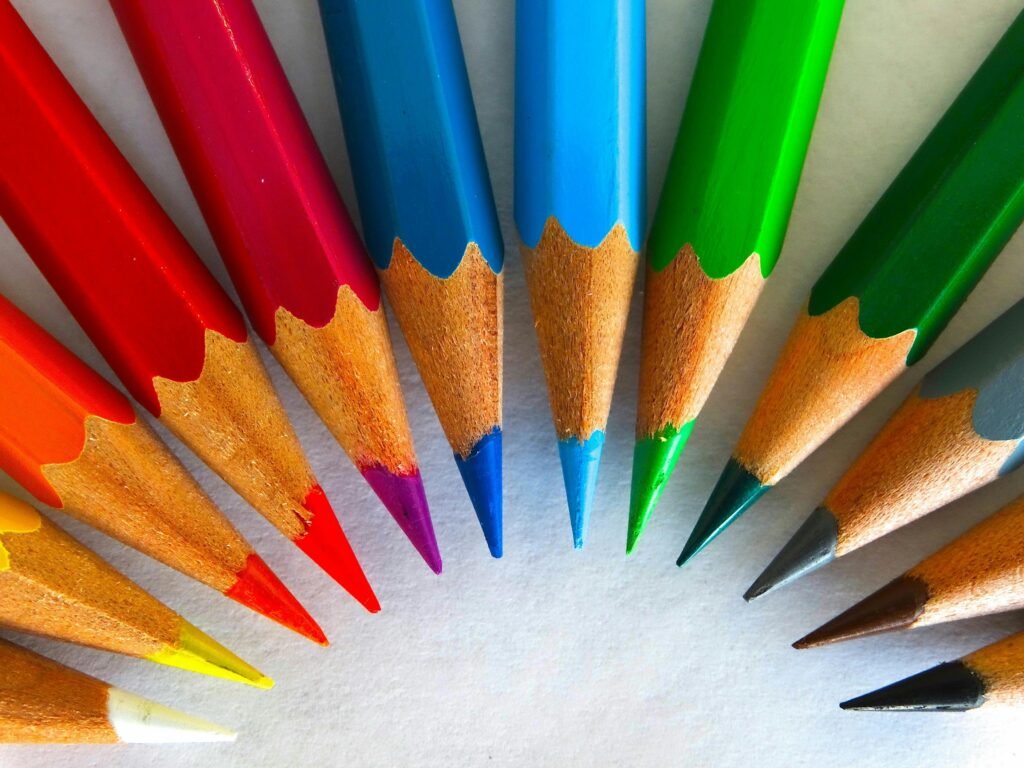You use plastic containers every day to store food, beverages, and other household items. However, do you know the essential steps for properly cleaning these containers? In this article, we will guide you through the proper techniques to ensure that your plastic containers are thoroughly cleaned and safe to use for your everyday needs. From selecting the right cleaning products to using the correct method, we will provide you with all the necessary information to keep your plastic containers sparkling clean. So, let’s get started and discover the essential steps for properly cleaning plastic containers!

This image is property of images.pexels.com.
Gather necessary supplies
Before you begin cleaning your plastic containers, it’s important to gather all the necessary supplies. Here’s what you’ll need:
Hot water
Hot water is essential for effectively cleaning plastic containers. It helps to loosen any stuck-on food particles and assists in removing stains and odors.
Dish soap
Choose a mild dish soap that is safe for cleaning plastic. Avoid using harsh, abrasive cleaners that can damage the containers.
Sponge or cloth
A soft sponge or cloth is ideal for scrubbing the containers without scratching or damaging them. Make sure it is clean and free of any debris before use.
Baking soda
Baking soda is a versatile and natural cleaning agent that helps to eliminate stains and odors. It’s gentle on plastic containers and won’t cause any damage.
Vinegar
Vinegar is another natural cleaning agent that is effective at removing tough stains and odors. It’s non-toxic and safe to use on plastic containers.
Pre-rinse the container
Before you begin the actual cleaning process, it’s important to pre-rinse the container to remove any leftover food or debris. Here’s what you need to do:
Remove any leftover food or debris
Take a moment to remove any visible food particles or debris from the container. Use a utensil or your hands to scrape off any stubborn residues.
Rinse with warm water
Once you’ve removed most of the food or debris, rinse the container under warm water. This will help to wash away any loose particles and prepare the container for the cleaning process.

This image is property of images.pexels.com.
Hand wash with soap and water
Hand washing the plastic container with soap and water is the next important step. Here’s how you can do it effectively:
Fill the container with hot water
Start by filling the container with hot water. Ensure that the water level is sufficient to cover the entire surface of the container.
Add a few drops of dish soap
Add a few drops of dish soap to the water in the container. The amount of soap will depend on the size of the container. Refer to the dish soap’s instructions for the correct amount.
Use a sponge or cloth to scrub the container
Take a sponge or cloth and gently scrub the inside and outside of the container. Pay extra attention to any stained or greasy areas. Use circular motions to effectively remove any residue or stains.
Rinse thoroughly with warm water
Once you have thoroughly scrubbed the container, rinse it under warm water. Make sure to rinse all the soap residue away to avoid any potential taste or odor retention.
Deep clean with baking soda
For stubborn stains or odors, a deep clean with baking soda can work wonders. Follow these steps to effectively deep clean your plastic containers:
Create a paste by mixing baking soda with water
In a small container, mix a tablespoon of baking soda with enough water to form a thick paste. The consistency should be similar to toothpaste.
Apply the paste to the container’s surface
Take the paste and apply it evenly to the inside and outside of the container. Pay extra attention to any areas with stains or odors.
Scrub the paste into the stains
Using a sponge or cloth, scrub the baking soda paste into the stains. Apply gentle pressure and use circular motions to effectively work the paste into the plastic.
Let it sit for several minutes
Allow the baking soda paste to sit on the container’s surface for several minutes. This will give the baking soda enough time to break down any tough stains or eliminate lingering odors.
Rinse the container thoroughly
After the baking soda paste has had time to work its magic, thoroughly rinse the container with warm water. Make sure to remove all traces of the paste to avoid any residual taste or odor.

This image is property of images.pexels.com.
Use vinegar for tough stains or odors
If baking soda alone isn’t enough to remove tough stains or odors, vinegar can be an effective solution. Here’s how you can use vinegar to tackle these issues:
Make a vinegar solution by mixing equal parts water and vinegar
Create a vinegar solution by combining equal parts water and vinegar in a small container. This solution will be used to soak the plastic container.
Fill the container with the solution
Pour the vinegar solution into the plastic container, ensuring that it covers the entire surface. Allow the container to fully soak in the solution.
Let it soak for an hour
Let the container soak in the vinegar solution for at least an hour. This will give the vinegar enough time to break down tough stains and eliminate any lingering odors.
Rinse thoroughly with warm water
After the soaking period, thoroughly rinse the container with warm water. This will remove any remaining vinegar solution and ensure that the container is clean and ready to use.
Cleaning lids and seals
While cleaning the plastic container itself is essential, don’t forget about the lids and seals. Here’s how you can clean them effectively:
Remove any detachable parts
If your plastic container has detachable lids or seals, remove them. This will ensure that you can clean each part thoroughly and prevent any potential buildup or odor retention.
Wash with hot soapy water
Wash the lids and seals separately in hot soapy water. Use a sponge or cloth to remove any food particles or residue. Pay attention to any crevices or areas that may require extra scrubbing.
Scrub the lids and seals with a toothbrush
To effectively remove any stubborn residue or stains, use a toothbrush to scrub the lids and seals. The bristles will help to reach into tight corners and crevices.
Rinse thoroughly
Once you have cleaned the lids and seals, ensure that you rinse them thoroughly under warm water. This will remove any soap residue and ensure that they are clean and ready to use.
Dry the containers
After you have finished cleaning the plastic containers and their lids, it’s important to dry them properly. Here’s what you need to do:
Allow the containers to air dry
Place the containers in a well-ventilated area and allow them to air dry. This will help to prevent any moisture buildup and reduce the risk of bacteria growth.
Use a clean cloth to dry any remaining moisture if needed
If there is any remaining moisture on the containers after air drying, use a clean cloth to thoroughly dry them. Ensure that there are no damp spots before storing.
Storing clean containers
Properly storing your clean plastic containers is crucial to maintaining their cleanliness. Here are some tips for storing them effectively:
Ensure the containers are completely dry before stacking or storing
Before stacking or storing your plastic containers, double-check that they are completely dry. Any moisture left can create a breeding ground for bacteria and lead to unpleasant odors.
Keep the lids and containers separate to allow air circulation
To prevent any potential moisture buildup or odor retention, store the lids and containers separately. This will allow for better air circulation and help to keep everything fresh.
Store in a clean and dry area
Choose a clean and dry area for storing your plastic containers. Avoid areas prone to high humidity or temperature fluctuations, as these conditions can lead to faster deterioration of the plastic.
Regular maintenance and prevention
To keep your plastic containers in optimal condition, regular maintenance and prevention measures are important. Here are some key points to consider:
Wash plastic containers after each use
After each use of your plastic containers, wash them promptly. This will prevent any food particles from drying and becoming more difficult to remove.
Avoid using abrasive cleaners or scrubbers that may scratch the plastic
To preserve the integrity of your plastic containers, avoid using abrasive cleaners or scrubbers. These can scratch the plastic surface, making it more susceptible to stains and odors.
Do not microwave plastic containers unless they are labeled microwave-safe
Not all plastic containers are suitable for microwave use. Always check the packaging or look for the microwave-safe label before using your plastic containers in the microwave.
Check for any cracks or damages and replace as necessary
Regularly inspect your plastic containers for any cracks, damages, or warping. If you notice any signs of deterioration, it’s best to replace the container to prevent any potential contamination or food spoilage.
Final tips and considerations
To wrap up, here are some additional tips and considerations for properly cleaning your plastic containers:
Label your plastic containers to easily identify their contents
To keep your food storage organized and easily accessible, consider labeling your plastic containers. This will help you quickly identify their contents and ensure that you use them efficiently.
Consider using reusable silicone bags or glass containers as alternatives to plastic
If you’re looking for more sustainable options, consider using reusable silicone bags or glass containers as alternatives to plastic. These options are durable, eco-friendly, and can be reused for a long time.
Recycle or properly dispose of plastic containers that are no longer in good condition
When your plastic containers reach the end of their lifespan, make sure to recycle them properly. Check your local recycling guidelines to ensure that you dispose of them in an environmentally responsible manner. If recycling is not available, dispose of them according to your local waste management regulations.
By following these essential steps and implementing the proper cleaning techniques, you can ensure that your plastic containers remain clean, odor-free, and safe for storing food. With regular maintenance and care, your plastic containers can continue to serve you well for a long time to come.
